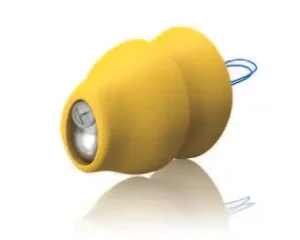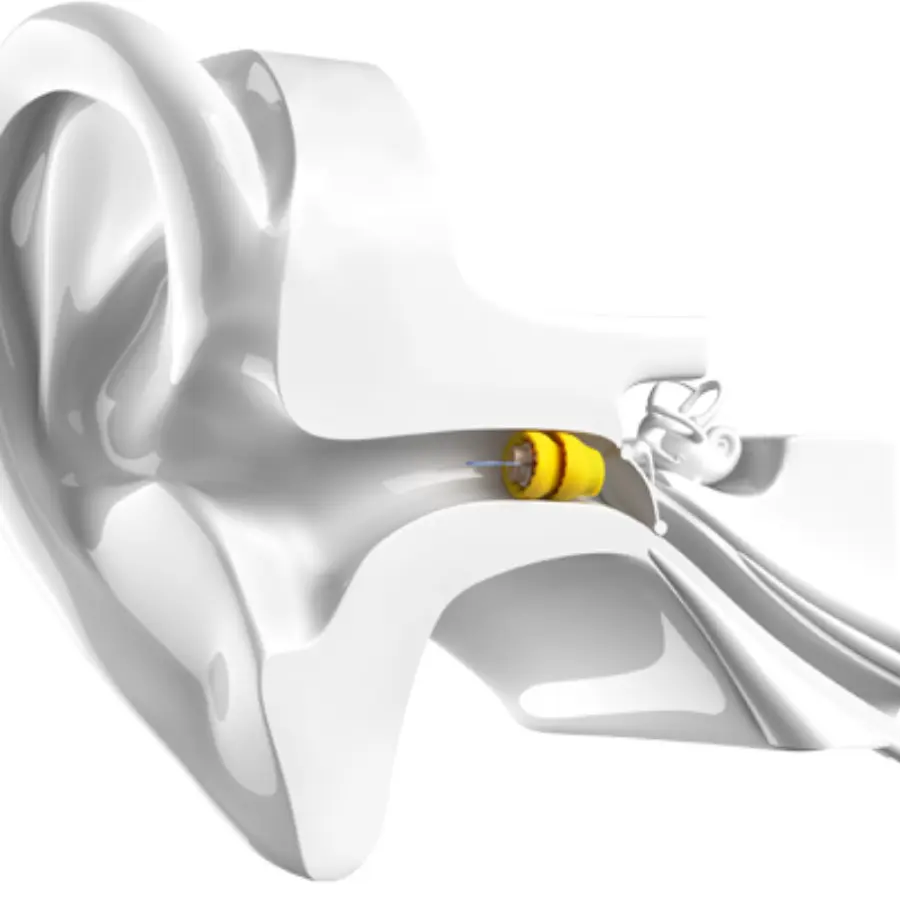In a world where technology seamlessly blends into our daily lives, invisible hearing aids stand out as a beacon of innovative health solutions. These tiny devices have not only transformed the stigma associated with hearing loss but have also revolutionized the way individuals experience the world around them.
The Evolution of Hearing Aids to Invisible Technology
The transition from the early, cumbersome models of hearing aids to today’s nearly invisible designs reads like a narrative of technological triumph. Originally, hearing aids were so large and noticeable that many people felt self-conscious about wearing them, leading to a stigma around hearing loss. This stigma often deterred individuals from seeking the help they needed.
As technology evolved, so did hearing aids. The introduction of digital technology in the 1990s marked a significant turning point. It allowed for smaller, more efficient devices that could be placed entirely within the ear canal, making them nearly invisible to the casual observer.
This technological advancement was not just about aesthetics; it improved the quality of life for millions of people. Individuals could now wear hearing aids without feeling marked by their hearing loss, integrating seamlessly into their daily lives without the burden of their disability being the focal point of their interactions.
Benefits of Invisible Hearing Aids
One of the most significant benefits of invisible hearing aids is the reduction in the stigma associated with hearing loss. By minimizing the visibility of the device, individuals can focus on the improvement in their hearing rather than the perception of a disability.
Moreover, these tiny wonders offer exceptional sound quality and comfort. They are custom-fitted to sit perfectly within the ear canal, providing a natural hearing experience without the discomfort often associated with over-the-ear models.
Some invisible hearing aids are also equipped with cutting-edge technology like wireless connectivity, allowing users to stream audio directly from their smartphones or TVs. This connectivity enhances the user experience, making it easier than ever to enjoy music, conversations, and entertainment.
Choosing the Right Invisible Hearing Aid
Selecting the right invisible hearing aid involves considering several factors, including the degree of hearing loss, lifestyle needs, and personal preferences. A consultation with a qualified audiologist is the first step in this process, ensuring that the device fits the specific requirements of the user.
Some invisible hearing aids are more suited for mild to moderate hearing loss, while others can accommodate more severe cases. It’s important to understand the range of functionality offered by different models, from noise reduction and feedback suppression to directional microphones and low-battery indicators.
Ultimately, the decision should balance cosmetic preferences with the functionality needed to improve hearing. With advancements in technology, users no longer have to compromise on quality for discreteness, making it possible to find an invisible hearing aid that offers both.
The journey from bulky, noticeable devices to the almost invisible hearing aids of today mirrors the advancements in technology and social acceptance. As we continue to prioritize inclusivity and innovation, invisible hearing aids symbolize more than just a hearing solution; they embody the leap towards a future where technology enhances human capabilities discreetly and powerfully.


